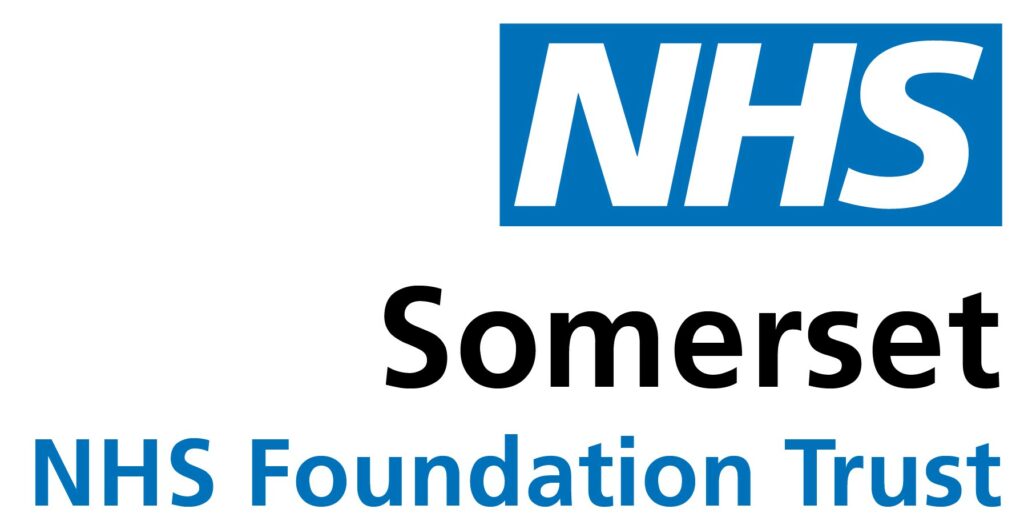
Fatigue
Why are fatigue and COVID linked?
Some people are probably more likely to notice fatigue if they were using lots of energy up before the infection – people often tell us it’s like the body has blown a fuse. Any infection, including COVID-19, can affect how the body uses energy but how the body uses energy is really complicated. In Post COVID-19 syndrome we think fatigue happens either because:
- the body still thinks it needs to fight the virus, even though the infection has got better
- COVID-19 can cause a really serious illness and the body needs to reset; this takes time.
How can I manage my fatigue better?
Accepting that things are not what they were is important but incredibly difficult. If we don’t do this then we are often striving to do the things we used to which leads to symptoms continuing or even getting worse. Talking with others who have lived through similar experiences can help us to accept the situation. Once we have been able to accept the new me it’s easier to start to move forward. Here are some of the things to consider.

Activity levels – Since your fatigue started you’ve probably noticed 2 things: (1) you have less energy in the tank at the start of the day and (2) those things you used to do, now use up more energy than before. Don’t forget that energy is not just used when do physical activity, but often mental and emotional activities (even socializing) use more energy. By keeping an activity diary, over at least 2 weeks, you can build a picture of what activities are possible and what may be too much for you at the moment. Here is a video on how to keep an activity diary with the relevant section being between 1 minute 27 seconds and six minutes 47 seconds. Watch: video on keeping an activity diary
Planning – Fatigue is always harder to control when life just happens. Most find it hard to say no to doing extra things as it can feel like we are letting others down. Planning out your daily routine is really important to help your fatigue. Without routine we can end up doing more, which leaves us running on empty. Asking a relative or friend to help you write down and plan out your daily or weekly routine can be helpful. If you’re not able to keep the routine, it’s not a problem; just take a look at the routine again and see what changes would make it easier. Watch: video on planning, prioritising and pacing (relevant planning/prioritising/pacing section is between 7 minutes 1 and 8 minutes and 33). Remember to add in regular meal times into your daily routine. And always ensure you plan rest in before through your day, allowing you more control over when you choose to be active and what you choose to do. Watch: video on resting (relevant resting section is between 8 minutes 34 and 9 minutes 40).
Prioritising – In life, there are some things we need to do, some things we want to do and some things we don’t want to but still do (often) to please others. Knowing those things which matter most to us can help us to prioritise. Making changes to routines can be difficult but by prioritising we can save our energy for those things which matter most; other things can be put on the backburner. Sometimes we will want to prioritise things which we really enjoy, even though they make our fatigue worse. These can make you feel as though other symptoms of post-COVID-19 syndrome also get worse.
